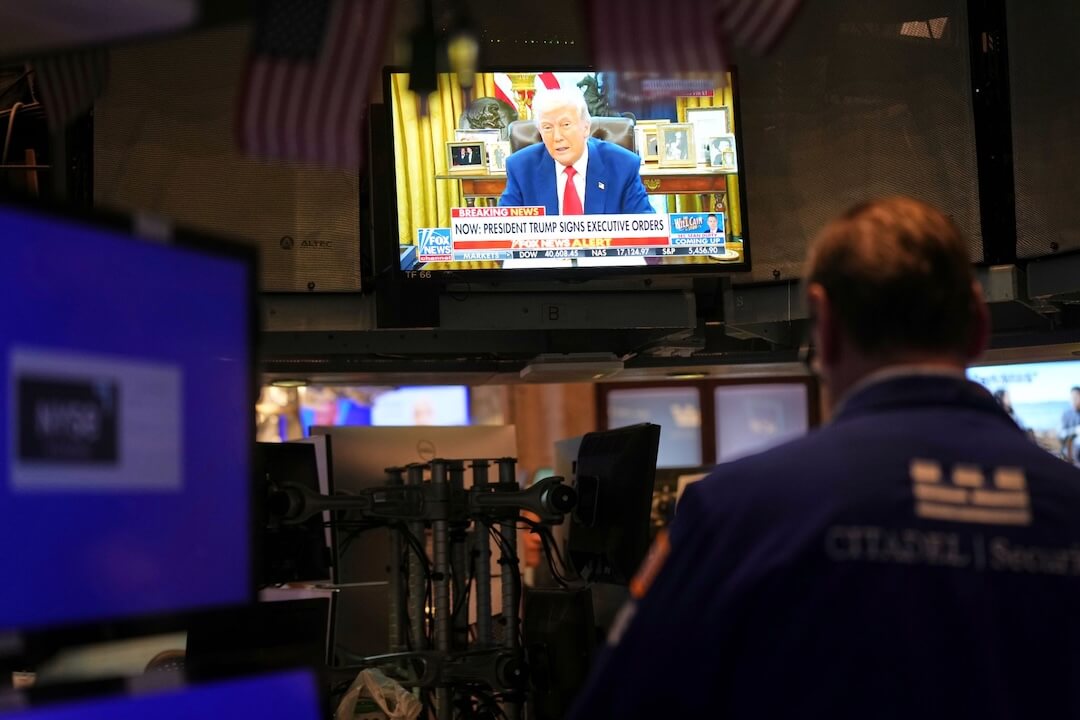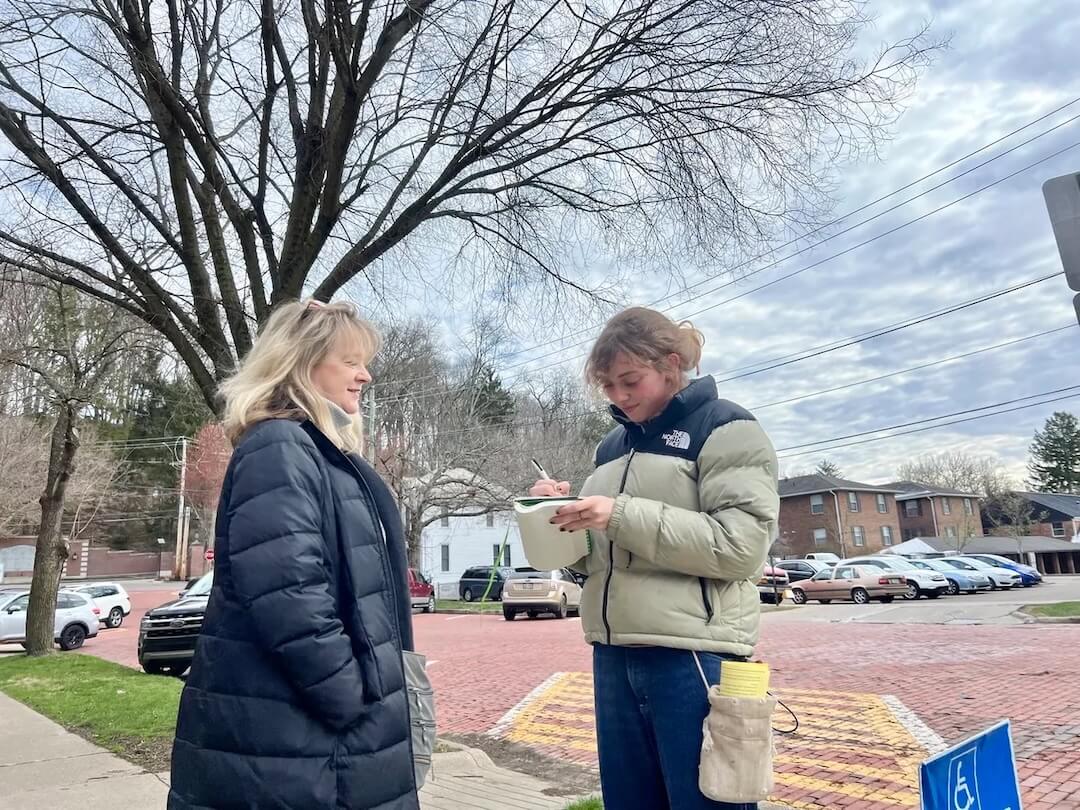This column originally appeared in The Cohort, Poynter’s newsletter by and for women in media. Subscribe here to join this community of trailblazers.
It’s no secret that 2020 has been a challenging year for the media. Layoffs, furloughs, and pay cuts have hit nearly every journalism organization in the U.S. — and that doesn’t even get into the toll that COVID-19 has had on the freelancing world. To make it through this latest crisis, our industry will need to shirk old habits and work together. This might sound overly idealistic — after all, many of the organizations we work for are for-profit ventures that are competing businesses at the end of the day. But there’s a solution here that makes business sense and editorial sense: collaboration.
What does collaboration look like? It doesn’t take on one simple form. The Texas Tribune, for instance, allows for its stories to be republished by other outlets to support the local news environment in Texas, and ProPublica’s Local Reporting Network supports local and regional newsrooms across the country on investigative projects. Other collaborations are one-on-one, such as The Marshall Project’s and The Guardian’s investigative project “Detained” from 2019, which won an Ellie award earlier this year for digital innovation.
Regardless of what form a collaboration takes, the outcome should serve both readers and the publications involved.
Last summer, my belief in collaborations led me to pitch a joint service package to my colleagues at Outside magazine and then to the editor-in-chief of Down East magazine in Maine — while I was on vacation. I don’t usually work during PTO, but I made an exception for this since I had already driven across the U.S. (and because professional in-person meetups are rare when you live in New Mexico!). This was long before pandemic-era budget cuts, and neither of our teams had done a partnership like this. But if 2020 has taught us anything, it’s that we can’t wait until times of upheaval to innovate and show readers why we’re worth their time.
These are the most important things I learned between that initial pitch and when we published the collaborative package last month — because what’s the point in working together if we don’t, as we say at Outside, share beta?
Be clear about your goals from the outset
It’s important to go into a project knowing why you’re doing it and what you hope to give your audience from it. For Outside and Down East’s collaboration, we saw this as a chance to build readership and trust: Outside could be exposed to new readers in an outdoor-rec heavy region of the country and benefit from Down East’s local knowledge of the Northeast, and Down East could be read by a national audience and benefit from our outdoor expertise. Each publication established both quantitative and qualitative goals early on based on audience development, including newsletter sign-ups, social media follows, and more.
Establish a project manager at each publication
Collaborations can get complex quickly — there are a lot of moving parts and players with any project, and that gets doubled when you involve a whole team from another organization. Between writers, photographers and editors, our project involved more than 20 people. Having a single project manager at each outlet will ensure workflows run smoothly on both teams and gives everyone a point person to go to with questions, ideas, problems, and so on.
This will save your colleagues a lot of unnecessary emails and Slacks, but be prepared to take on the bulk yourself. Down East’s point person, Brian Kevin, and I were sending dozens of emails back and forth in the days leading up to our launch.
Create a realistic timeline — and check on it often
We had initially hoped our project would run in late spring, but COVID-19 and its impact on travel made us change our timeline. Since hiking, camping, and other socially distanced outdoor activities became mostly considered safe this summer, we continued on with our plans to publish but established new deadlines and gave ourselves time to tweak story and promotion language to make our package as responsible as we could in light of the pandemic.
Wrenches will undoubtedly be thrown into any project, global crisis or not, so be prepared to take changes in stride. We regularly evaluate our audience strategy and adjust course as needed — this year, that looks like highlighting more beginner content (since we’re seeing tons of new people trying out outdoor activities during quarantine) and microadventures (like camping close to home or birding in your backyard).
Divide up the work (and costs) fairly
Since both organizations are going to share the benefits of a collaboration, they need to share the work and costs, too. For us, that division of labor looked like splitting article assignments, editing, and fees 50/50 between our publications and agreeing upon equal promotion of the package and its stories. A fair split ensures that each side feels they are giving equal effort to the success of the project and prevents anyone from feeling like they are doing all the heavy lifting alone.
Analyze your work after publication
This is the final step — and when those earlier goals come into play. Outside and Down East will be sharing analytics in a few weeks once we’ve wrapped up a month of promotion of our package so we can fully assess the success of our work based on our goals. By looking at the quantitative and qualitative data, we’ll be able to determine what worked, what didn’t, and if a similar project would be productive in the future. It’s easy for this step to get lost in the shuffle of endless workflows, but don’t let it.
Above all, remember that while working together is good for our budgets and workloads, it’s also great for readers who get products that have the overlapping expertise of multiple media outlets. We love a win-win-win — so go forth and collaborate.
For additional insights, community and ongoing conversations about women in digital media, sign up to receive The Cohort in your inbox every other Tuesday.






